Contents
Essence of Permaculture was created as an accessible introduction to both the permaculture concept and the principles. Much of the first edition was extracted directly from my book Permaculture: Principles and Pathways Beyond Sustainability , which provides a much more in-depth discussion of these topics. This second edition has not changed substantially, but it contains some updates reflecting changes in society over the 19 years since it was originally published, as well as further clarification of some of the principles.
What is Permaculture?
Bill Mollison and I coined the word permaculture in the mid-1970s to describe an integrated, evolving system of perennial or self-perpetuating plant and animal species useful to man[kind].
A more current definition of permaculture, reflecting the expansion of focus implicit in Permaculture One , is:
Consciously designed landscapes which mimic the patterns and relationships found in nature, while yielding an abundance of food, fibre and energy for provision of local needs.
People, their buildings and the ways in which they organise themselves are central to permaculture: the original permaculture vision of permanent or sustainable agriculture has evolved to one of permanent or sustainable culture.
The Design System
For many people, myself included, the above conception of permaculture is so global in its scope that its usefulness is reduced. More precisely, I see permaculture as the use of systems thinking and design principles to provide the organising framework for implementing the above vision. Permaculture draws together the diverse ideas, skills and ways of living that need to be rediscovered and developed to provide for our needs, whilst increasing the natural capital for future generations.
In this more limited but important sense, permaculture is not the landscape, or even the skills of organic gardening, regenerative farming, energy efficient building or eco-village development. Rather, it can be used to design, establish, manage and improve these and all other efforts made by individuals, households and communities towards a sustainable future.
The Permaculture Flower (depicted next opening) shows the key domains that require transformation to create a sustainable culture. Historically, permaculture has focused on Land and nature stewardship as both a source for, and an application of, ethics and design principles. Those principles are now being applied to other domains dealing with physical and energetic resources, as well as human organisation (often called invisible structures in permaculture teaching). The spiral path beginning with ethics and principles suggests a knitting together of these domains, initially at the personal and the local level, and then proceeding to the collective and global level. Some of the diverse design systems and solutions relevant to each domain are listed under the Biological, Built and Behavioural fields, which I used in RetroSuburbia (2018) to simplify the domains framework of the Permaculture Flower.
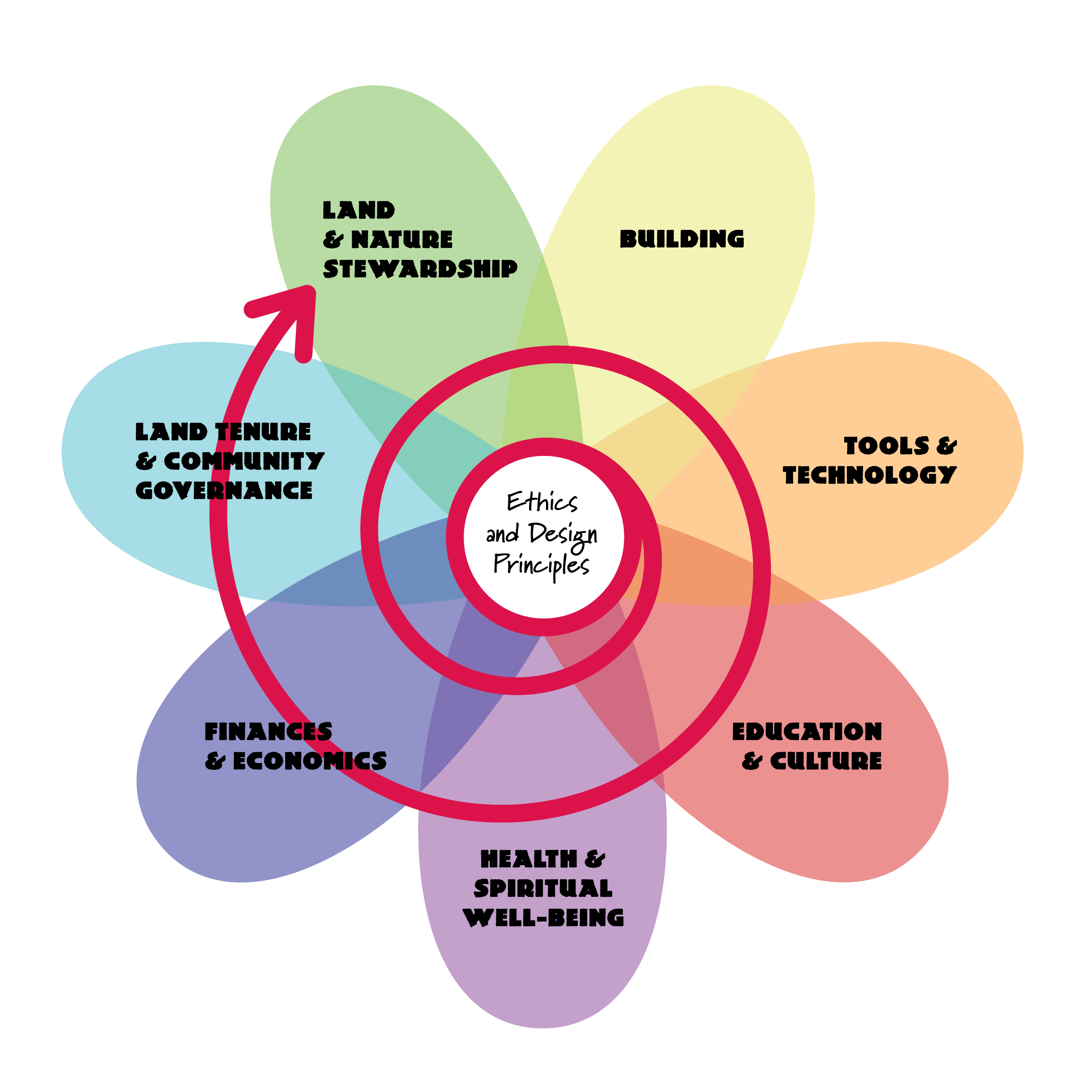
The Permaculture Flower
Biological Field
 Land & Nature Stewardship
Land & Nature Stewardship 
Bio-intensive gardening
Forest gardening
Seed saving
Organic agriculture
Biodynamics
Natural farming
Keyline water harvesting
Holistic Rangeland Management
Natural Sequence Farming
Agroforestry
Nature-based forestry
Integrated aquaculture
Wild harvesting & hunting
Gleaning
Built Field
 Building
Building 
Passive solar design
Natural construction materials
Water harvesting & reuse
Biotechture
Disaster resistant construction
Owner building
Pattern language
 Tools & Technology
Tools & Technology 
Reuse & creative recycling
Hand tools
Bicycles and electric bikes
Wood stoves
Fuels from organic wastes
Wood gasification
Bio-char from forest wastes
Co-generation
Micro-hydro & wind
Energy storage
Transition engineering
Behavioural Field
 Education & Culture
Education & Culture 
Home schooling
Steiner/Waldorf education
Reading landscapes
Participatory arts & music
Social Ecology
Action Research
Transition culture
Voluntary simplicity
 Health & Spiritual Wellbeing
Health & Spiritual Wellbeing 
Home birth & breastfeeding
Complementary & wholistic medicine
Yoga, Tai Chi & other body/mind/spirit disciplines
Spirit of place, indigenous cultural revival
Dying with dignity
 Finance & Economics
Finance & Economics 
Ethical investment & Fair Trade
Local and regional currencies
Carpooling, ride sharing & car share
Farmers markets & Community Supported Agriculture (CSA)
WWOOFing & similar networks
Tradable Energy Quotas
Life Cycle Analysis & EMERGY accounting
Frugal hedonism
 Land Tenure & Community Governance
Land Tenure & Community Governance 
Cooperatives & body corporates
Cohousing & eco-villages
Native Title & traditional rights
Open space technology & consensus decision making
Sociocracy
The Network
Permaculture is also a network of individuals and groups spreading permaculture design solutions in both rich and poor countries throughout the globe. Until recently, largely unrecognised in academia and unsupported by government or business, permaculture activists are contributing to a more sustainable future by reorganising their lives and work around permaculture design principles. They are creating small local changes that directly and indirectly influence organic agriculture, appropriate technology, intentional community design and other expressions of what is called sustainable development (even if that term is problematic).
Most of the people involved in this network have completed a Permaculture Design Course (PDC). For over 30 years this has been the prime vehicle for permaculture inspiration and training worldwide, acting as a social glue bonding participants to such an extent that the worldwide network could be described as a social movement. A curriculum was codified in 1984, but the divergent evolution of form and content, as presented by different permaculture teachers, has produced varied and localised experiences and understandings of permaculture.


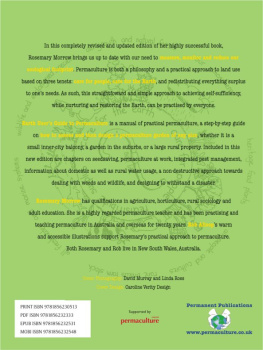
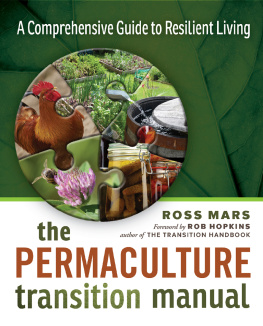
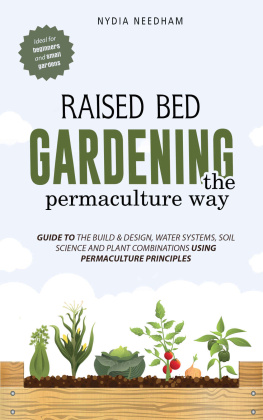
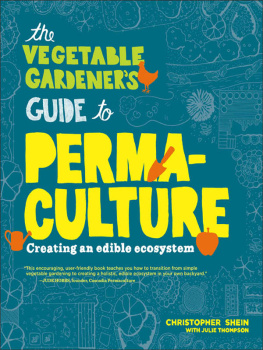

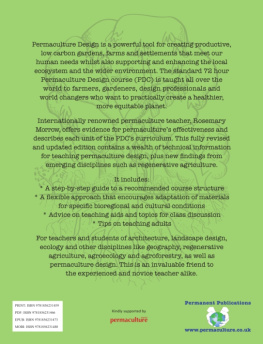
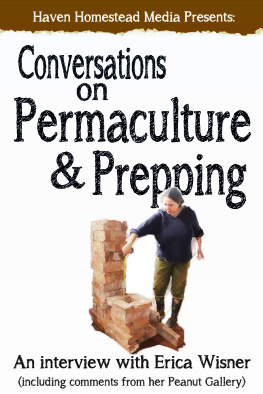
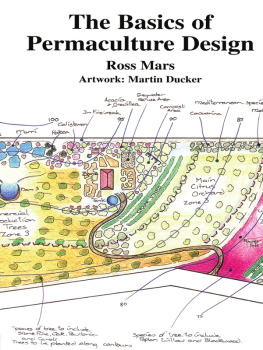
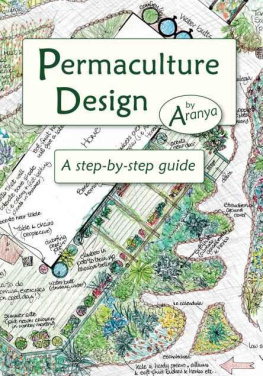
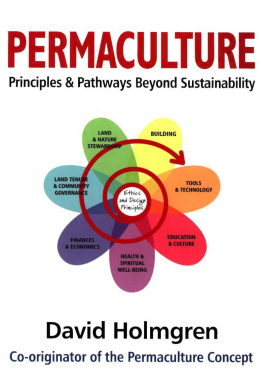


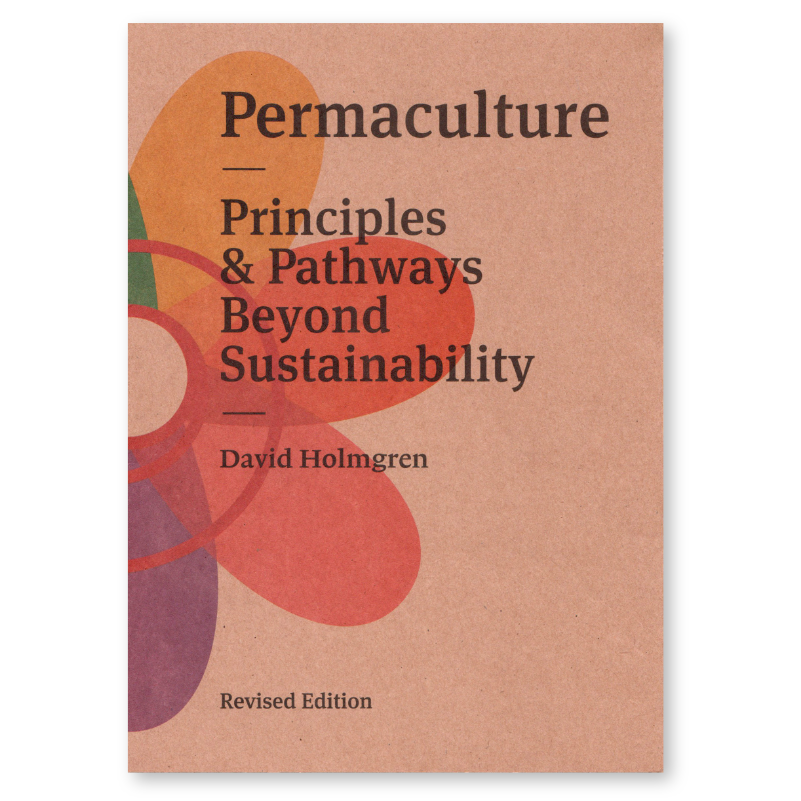

 Land & Nature Stewardship
Land & Nature Stewardship 
 Building
Building 
 Tools & Technology
Tools & Technology 
 Education & Culture
Education & Culture 
 Health & Spiritual Wellbeing
Health & Spiritual Wellbeing 
 Finance & Economics
Finance & Economics 
 Land Tenure & Community Governance
Land Tenure & Community Governance 